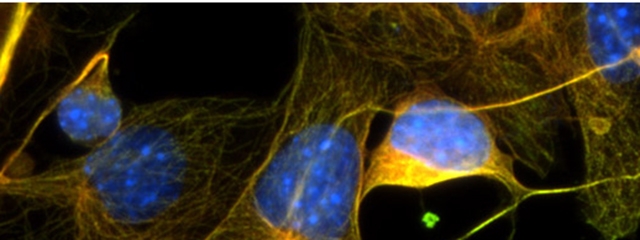“One of the main reasons I came to Hampshire is because I wanted to take control of my education.”
Studying neuroscience in college
Majors sound good in theory, right? But a locked-in, predetermined path, one similar to every other neuroscience major, misses out on several key factors: the complex, often interdisciplinary study of the brain, and the essential way your own passions can help you find your academic, and professional, niche.
Your brain is unique, shouldn’t your education be, too?
Hampshire College’s interdisciplinary approach, where you work closely with a faculty committee to create your own custom-designed area of study, is well suited to the study of the complex human brain.
A student with an interest in medicine might study the neurological correlates of Parkinson’s, while another interested in critical race theory might delve into the brain’s perception of facial features. Dual interests in brain development and the environment could lead to tracking neuron gene transcription and behavior effects after exposure to a pollutant.
The Culture, Brain and Development (CBD) Program at Hampshire is an innovative interdisciplinary program that encourages faculty and students across all disciplines at the College to bridge intellectual divides by incorporating psychobiological and sociocultural perspectives into their research and teaching/learning.
At the core of the CBD Program is the idea that human beings are both thoroughly biological and thoroughly cultural creatures, and that both of these forces interact and influence our development, growth, and activities.
Whatever direction the work takes, Hampshire’s focus on original, scientific research allows students to develop and answer unique and interdisciplinary questions in the field of neuroscience while gaining an undergraduate degree.
Hampshire student Breonna Mabry 11F currently studies neuroscience through a feminist lens. “I look at how things like gender, sex, disability, and race intersect with cognitive neuroscience.”
Photo credit: P19 cells differentiating into neurons on day 5 of the process. Cells are stained for α-tubulin (green), βIII-tubulin (red), and DNA (blue). Performed by Hampshire College student Bea Carbone in Hampshire College Natural Science laboratories.






